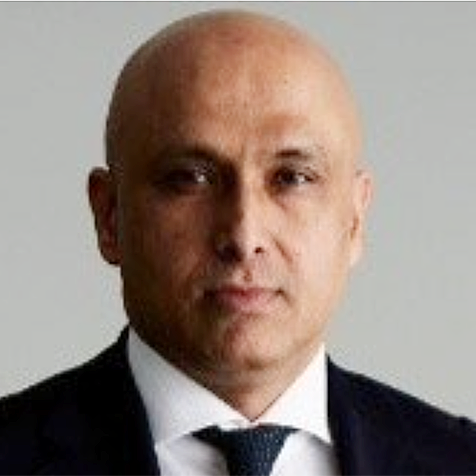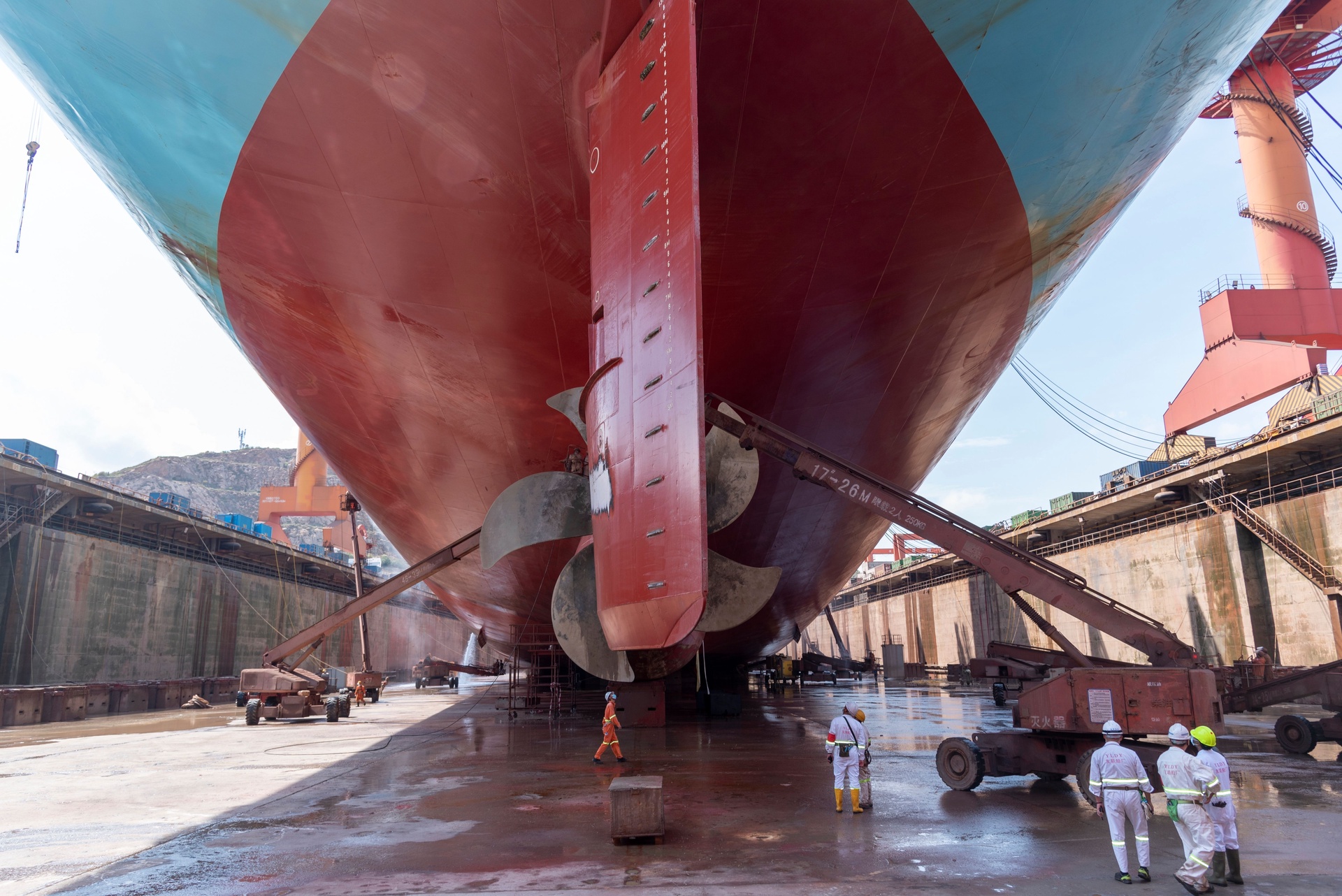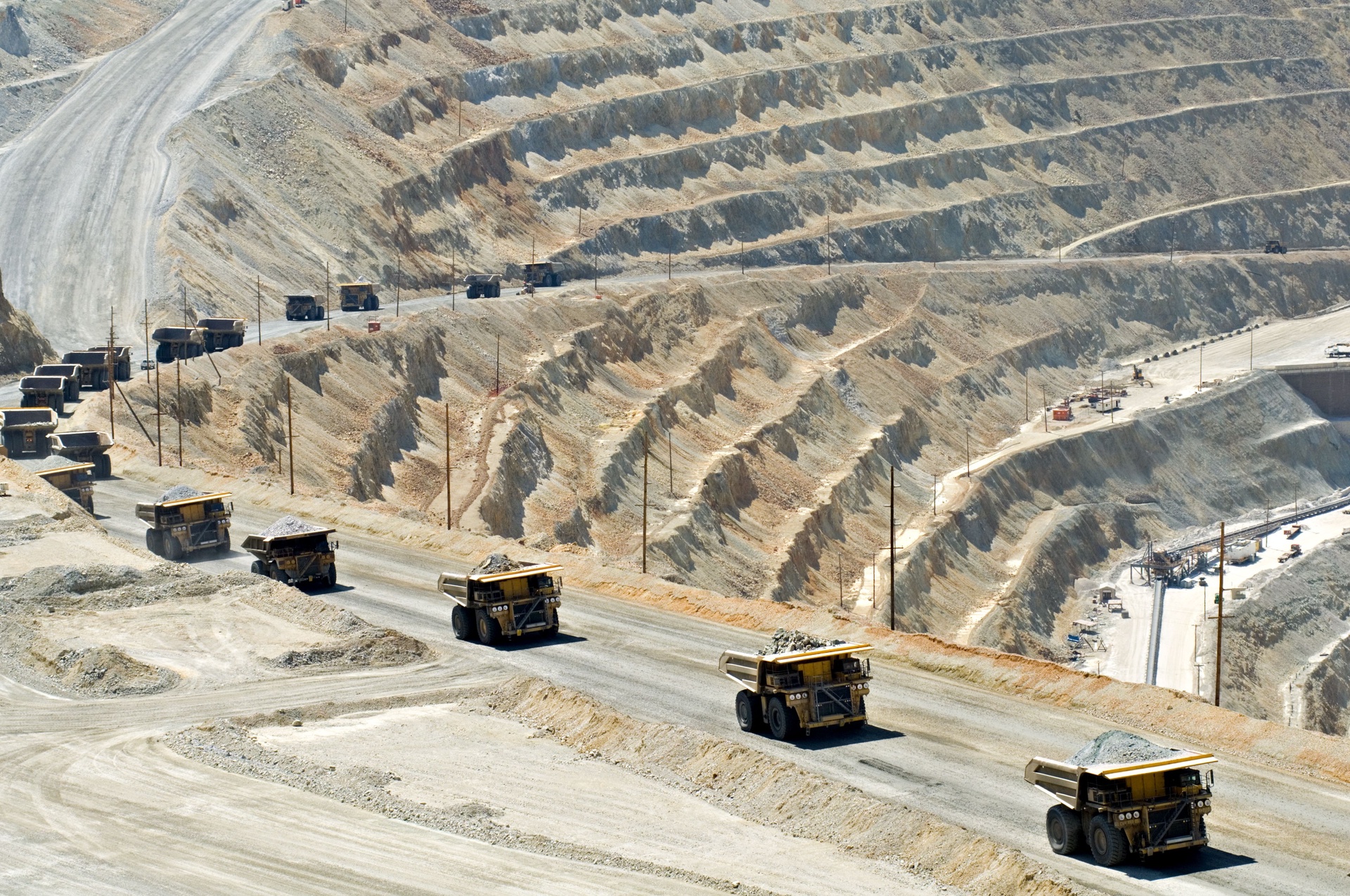A brighter economic outlook is shifting attention from precious metals to industrial metals. Jodie Gunzberg, S&P Dow Jones Indices’ director of commodity indices observes that while Asian commodity investors have tended to pay more attention to precious metals, there is increasing interest in industrial metals.
“Both inflation and unexpected inflation are positively correlated to physical copper returns,” says Gunzberg who notes that copper returns appear to perform better in inflationary periods than gold, especially when unexpected inflation is high.
Gunzberg remarks that, “copper is the most economically sensitive industrial metal, as measured by the relationship between returns and world GDP growth” and observes that much of the growth in China’s usage of the metal is derived from the power generation sector (which accounts for 46% of total end-use demand in the country), followed by household appliances and transportation.
According to the International Copper Study Group (ICSG), world apparent usage of copper grew by 5.2% in the first nine months of 2012 compared to the same period of 2011. China’s apparent usage grew by 19%, representing 43% of world usage, more than offsetting an aggregate decline of 3.7% in usage from Japan, Europe and the US. The World Bureau of Metal Statistics reported that between 2000 and 2011 Chinese demand grew by 13.5% annually, five times faster than the world average.
“Copper has one of the most inelastic supply curves” observes Gunzberg, with the metal’s price supported by supply problems and a global supply deficit”. On January 3, the cash buying price on the London Metal Exchange was US$8,140 per tonne, while, three month copper prices were US$8,165 per tonne.
According to the ICSG, the world refined copper market was in a 594,000-tonnes deficit from January to September 2012, compared with a deficit of 74,000 tonnes in January-September 2011. Gunzberg remarks that “the copper market was in supply deficit for seven years in the last decade” adding that, over the past decade primary mine production has grown by 1.8% a year, while demand has risen by 2.4% per annum.
Gunzberg observes that “the risks of supply-side shocks are high as these two giant suppliers [Chile and Peru currently produce about 40% of global copper mine supply] wrestle with domestic issues and strike a balance between the benefits of mining investment and concerns of local stakeholders”. She adds that several billion dollars of mining investment is now delayed or deferred due to permitting and power risks in addition to low project returns.
“The inelasticity of supply and the high frequency of supply side shocks, which is the unexpected inflation component of return in commodities beta” adds to copper’s utility as an inflation hedge. “While demand growth is generally positive for commodities, the supply is much tighter for copper” remarks Gunzberg, adding that “thus far, there has never been a shortage of gold strong enough to force the commodity futures curve into contango, or in other words, there has never been a premium for immediate delivery of gold," Gunzberg says.
Further, “gold is relatively cheap and easy to store, which facilitates investors’ ability to directly invest in the physical form” observes Gunzberg, while copper “is more expensive and difficult to store because it can corrode from exposure to air”. She adds that, “Until now, the main vehicles to invest in copper have been equities and futures contracts” observing that, “the futures returns are based on the spot returns but also include roll yield (storage costs) and collateral returns”. She explains that a copper shortage in much of the recent past has resulted in a premium for immediate delivery of copper, leading to futures investors earning a premium over physical holding.
According to BlackRock’s latest ETP Landscape report (of December 12, 2012), total commodity ETP assets amount to US$206 billion with gold accounting for 70% of the total followed broad commodity index trackers (10%), silver (9%), energy (4%) and others (7%).
HSBC lowered its 2013 average gold price forecast from US$1,850 per ounce to US$1,760 per ounce on January 3.
In December 2012, Mirae Asset launched the Tiger Physical Copper exchange-traded product (ETP) – which tracks the S&P GSCI Cash Copper index – on the Korea Exchange. Asia-Pacific’s first physical copper ETP according to S&P Dow Jones Indices also marked the ninth commodity-linked ETP launched on the Korea Exchange. In 2010, Mirae Asset and Samsung Asset launched one each and three each in 2011.








